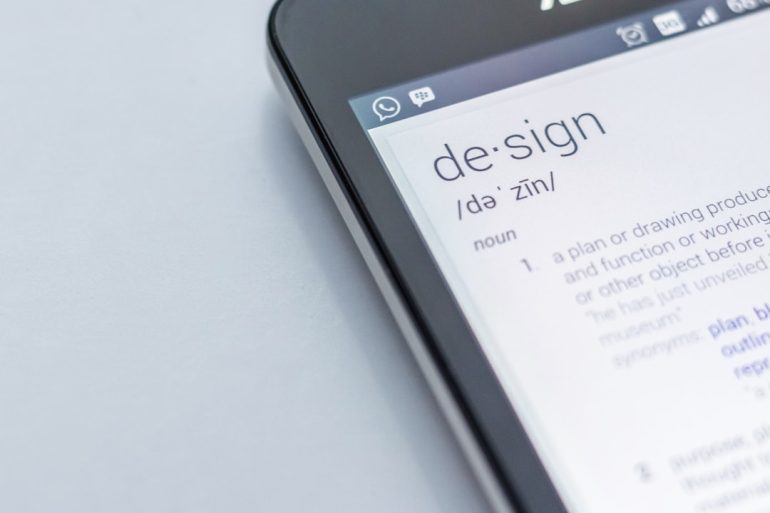Can a subtitle generator generate subtitles for e-learning courses?
In recent years, the demand for e-learning courses has skyrocketed, driven by advances in technology, remote education needs, and the growing demand for flexible learning solutions. As educators and content creators aim to make their materials more inclusive and accessible, one tool growing in popularity is the subtitle generator. But can these tools truly generate accurate subtitles for e-learning courses? The answer is a resounding yes — with a few considerations.
The Role of Subtitles in E-Learning
Table of Contents
Subtitles serve as powerful aids in the e-learning environment. They enhance comprehension, support learners with hearing impairments, and assist non-native speakers in following along with the course material. In fact, studies show that the addition of subtitles can increase user engagement and knowledge retention.
Moreover, subtitles are proven to improve accessibility — an essential aspect of modern educational design. This is where subtitle generators come into play, helping automate the process of transcribing audio and video content used in e-learning platforms.

How Subtitle Generators Work
Subtitle generators use speech recognition technology and natural language processing (NLP) to convert spoken audio into written captions. Many advanced tools can automatically detect multiple speakers, identify specialized vocabulary, and generate time-coded transcripts. These features are particularly beneficial for e-learning content, which often includes technical jargon or multi-speaker dialogue.
Most subtitle generators allow users to:
- Upload recorded lectures or training videos
- Receive automated captions within minutes
- Edit and fine-tune text for accuracy
- Export in multiple subtitle formats such as SRT or VTT
Some platforms also provide AI-powered features like language translation and keyword detection, expanding the utility of subtitles across international markets and diverse learner groups.
Benefits for E-Learning Professionals
Using subtitle generators offers a range of benefits for educators, trainers, instructional designers, and course developers:
- Time Efficiency: Automated transcription saves hours of manual effort, allowing educators to focus on content creation rather than logistics.
- Consistency: AI tools provide consistent formatting and structure, especially useful when dealing with large-scale or formatted courses.
- Multilingual Support: AI translation works hand-in-hand with captions to make content accessible in multiple languages.
- Accessibility Compliance: Adding subtitles helps meet ADA and WCAG accessibility standards in digital education.

Limitations to Be Aware Of
While subtitle generators are powerful, they are not without limitations. Accuracy may vary depending on:
- The clarity of the speaker’s voice
- Background noise and audio quality
- Use of specialized or technical vocabulary
- Multiple speakers talking over one another
To ensure the highest quality, educators should always review and, if needed, manually edit the auto-generated subtitles before publishing.
Integration with E-Learning Platforms
Many e-learning platforms, such as Moodle, Teachable, and Thinkific, allow integration with subtitle files. Educators can import .SRT or .VTT files directly into their course videos to make learning more accessible to all students. Some platforms even come with built-in subtitle generation tools powered by AI technology.
Conclusion
Subtitle generators are not just suitable but highly effective for improving e-learning content. When used correctly, these tools can drastically enhance the educational experience by making it more inclusive, accessible, and engaging. While human oversight is crucial for ensuring accuracy, the automation offered by subtitle generators can save time, boost productivity, and extend learning opportunities to a more diverse audience.
FAQ
- Can a subtitle generator handle technical terminology in e-learning courses?
- Many advanced tools can recognize and process technical terms, especially when supported by AI training or custom word lists. However, manual review is still recommended for accuracy.
- Do all subtitle generators support multiple languages?
- No, not all of them do. It’s best to check the tool’s specifications. Many premium tools do offer multilingual support, including translation features.
- Can subtitles be added to live virtual classes?
- Yes. Some subtitle generators offer real-time captioning services for live webinars or virtual classes, but the quality may vary depending on the internet connection and microphone setup.
- Are subtitle generators suitable for compliance with accessibility regulations?
- They are a strong starting point for compliance with accessibility standards like ADA and WCAG, provided the captions are reviewed for accuracy before publishing.
- Is there a difference between subtitles and captions?
- Yes. Subtitles typically transcribe spoken words only, while captions also include non-verbal sounds like [music] or [laughter], which are important for deaf users.


![How to Reset Acer Notebook to Factory Settings [Guide]](https://hitechweirdo.com/wp-content/uploads/2025/09/a-computer-generated-image-of-a-computer-backup-files-cloud-drive-usb-770x433.jpg)




